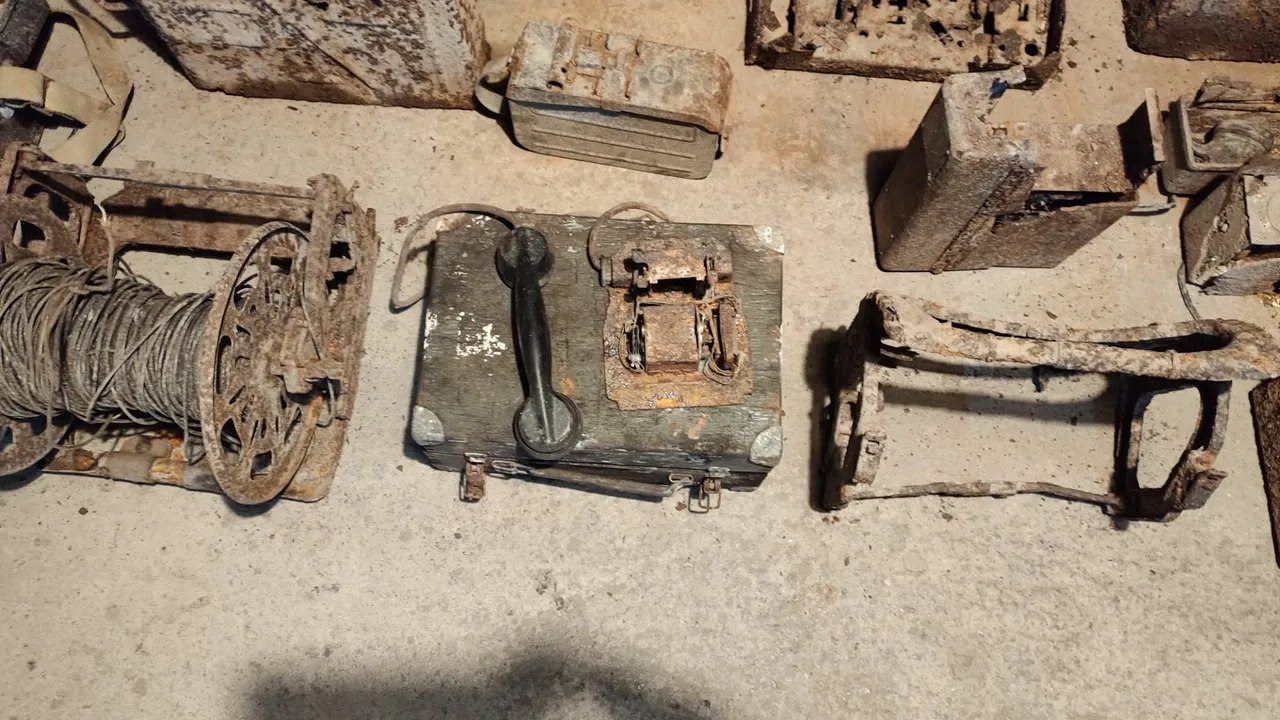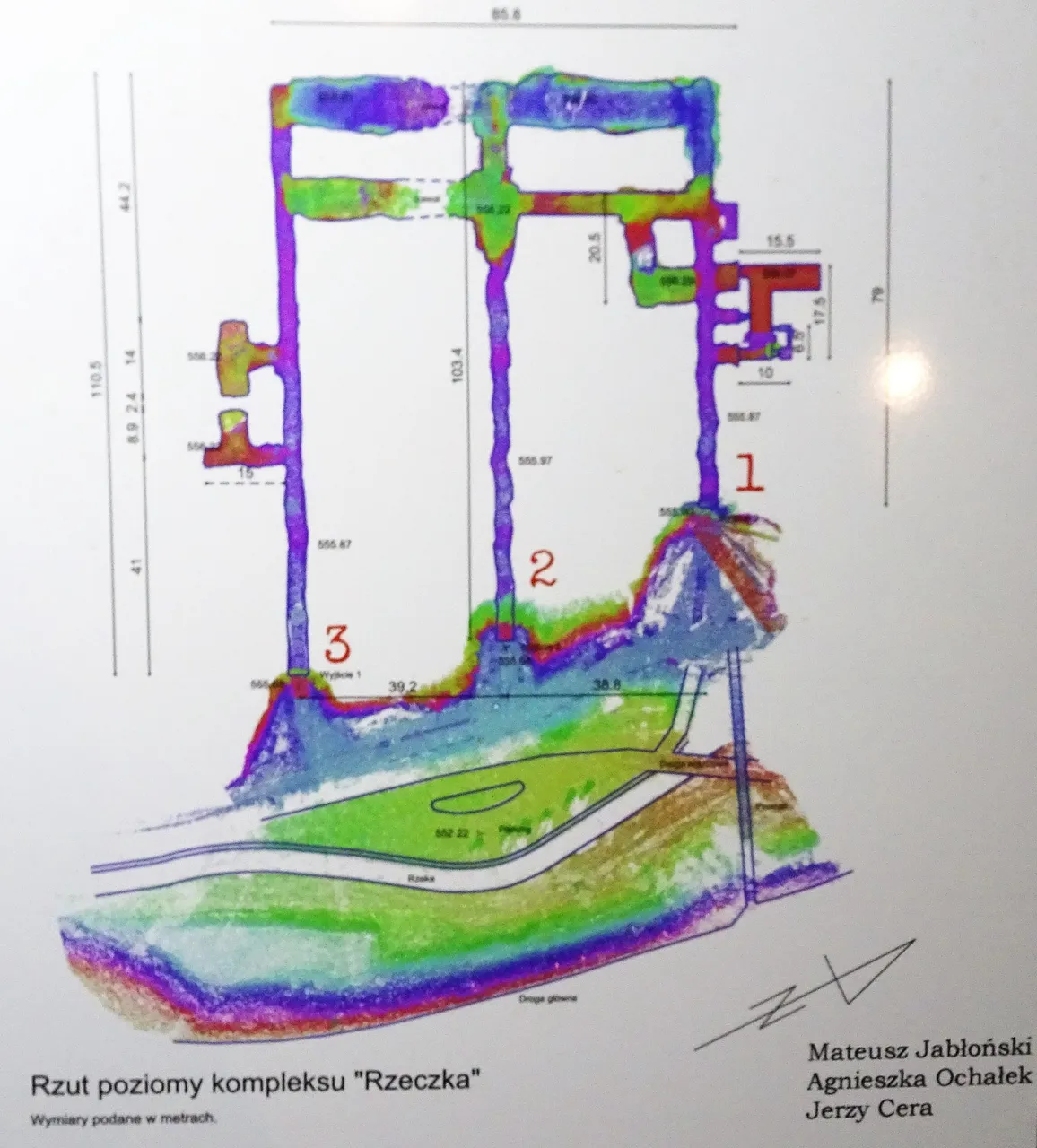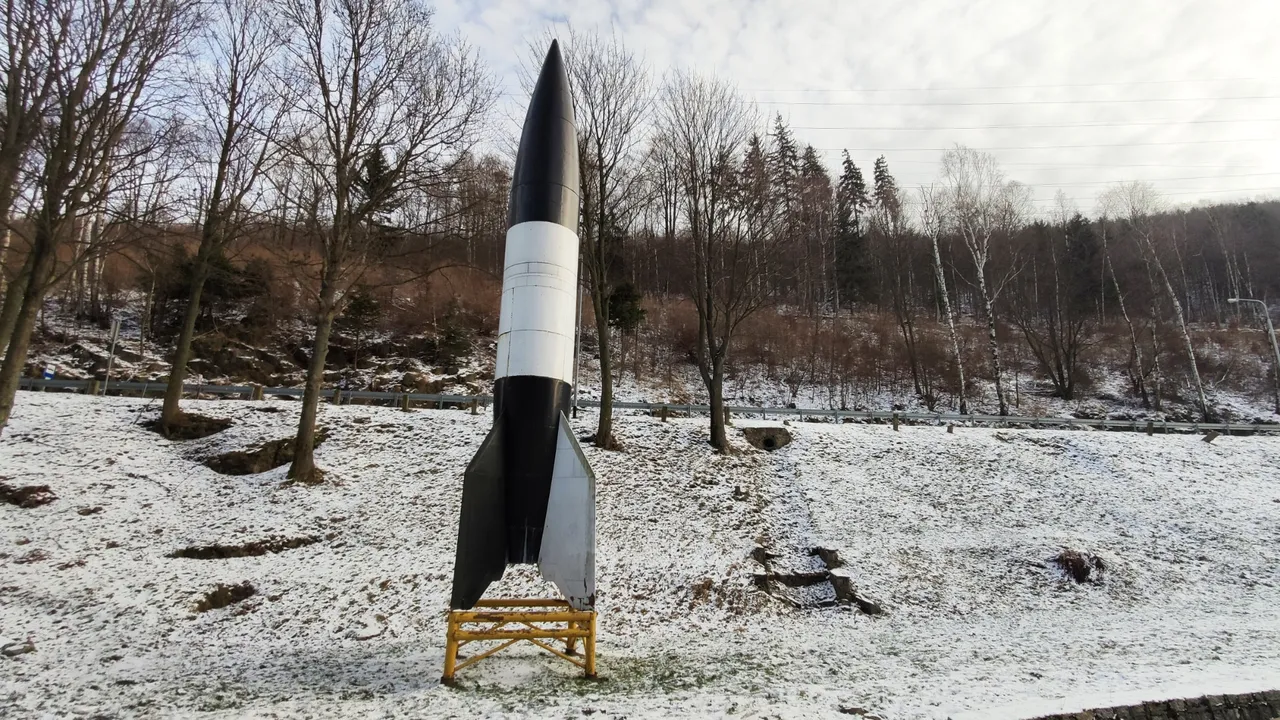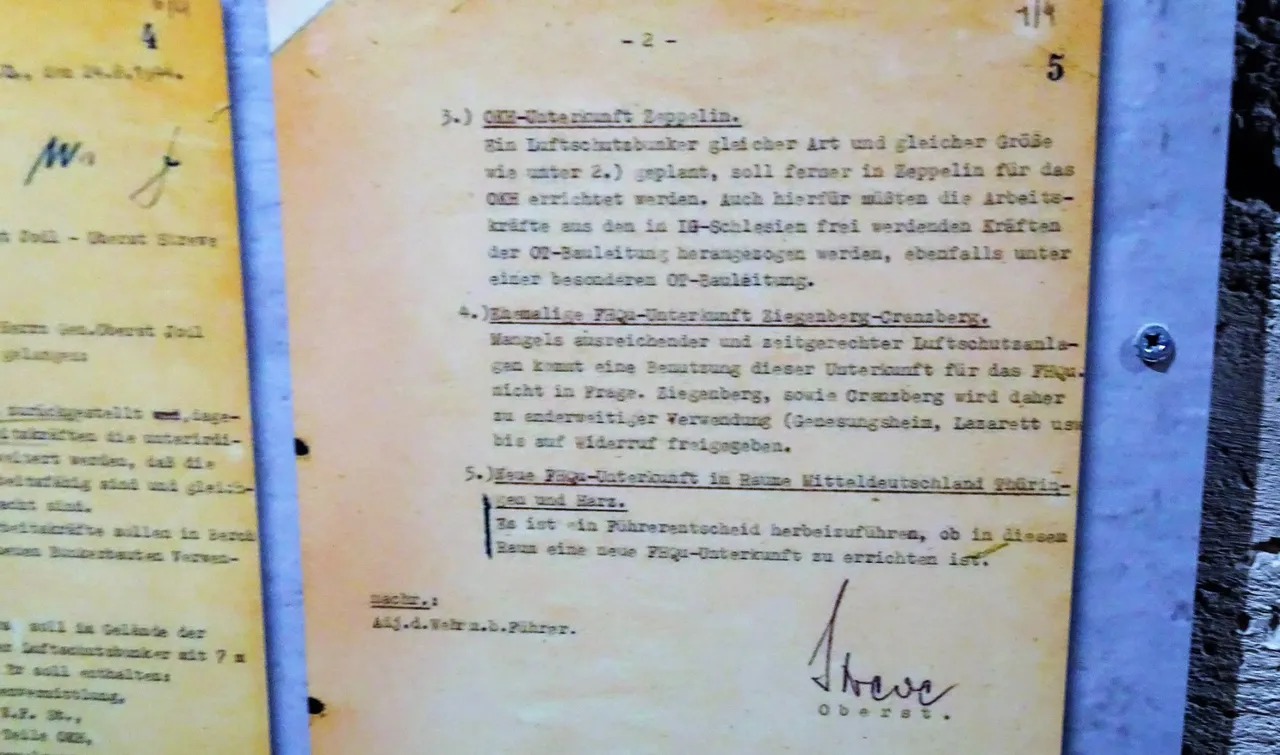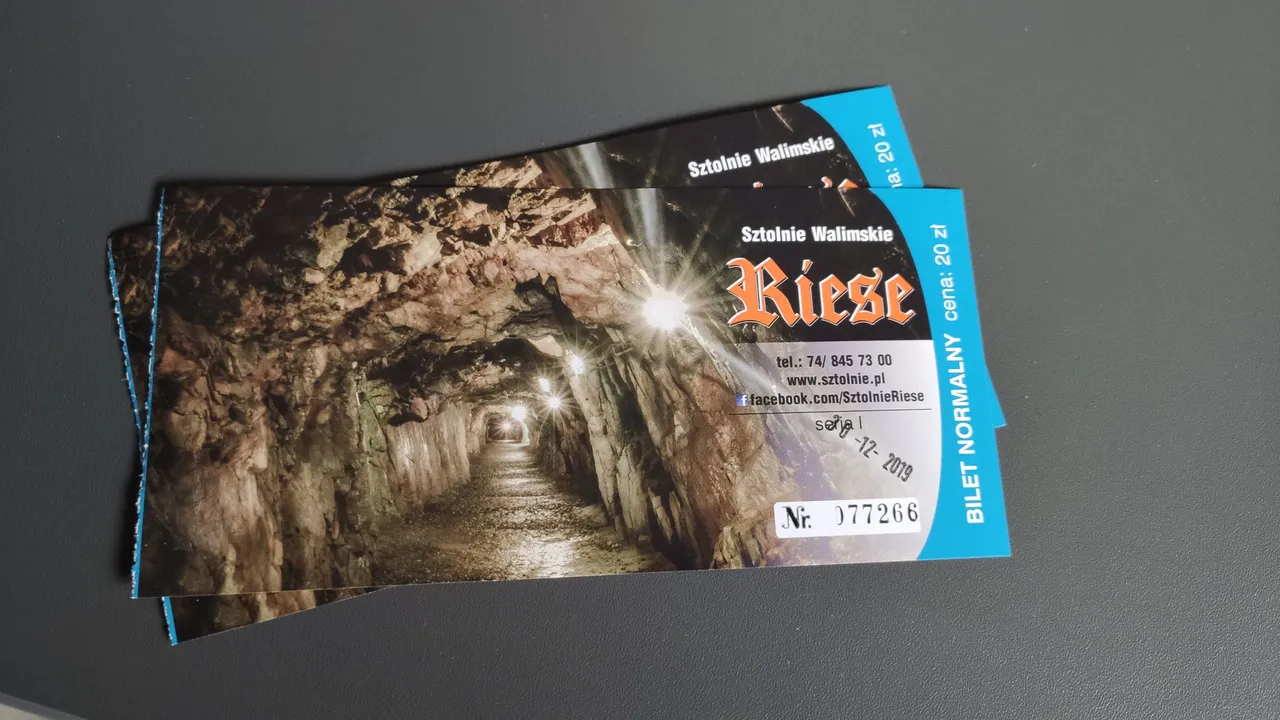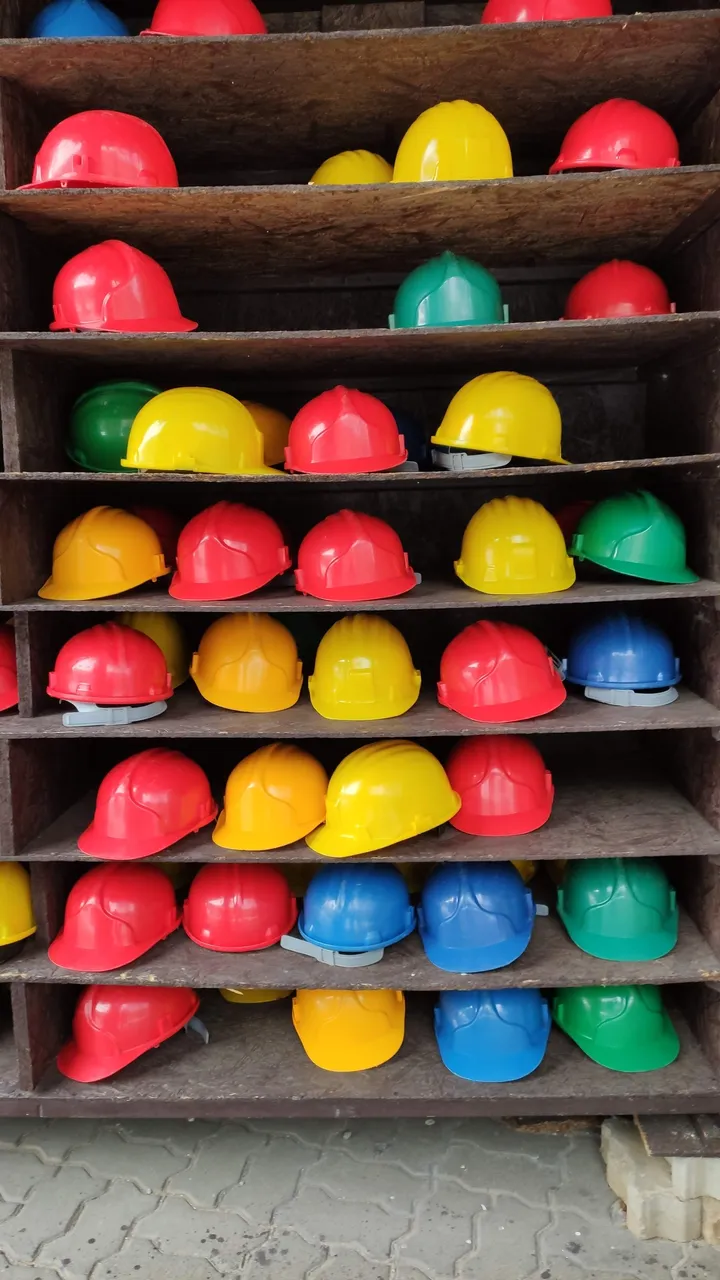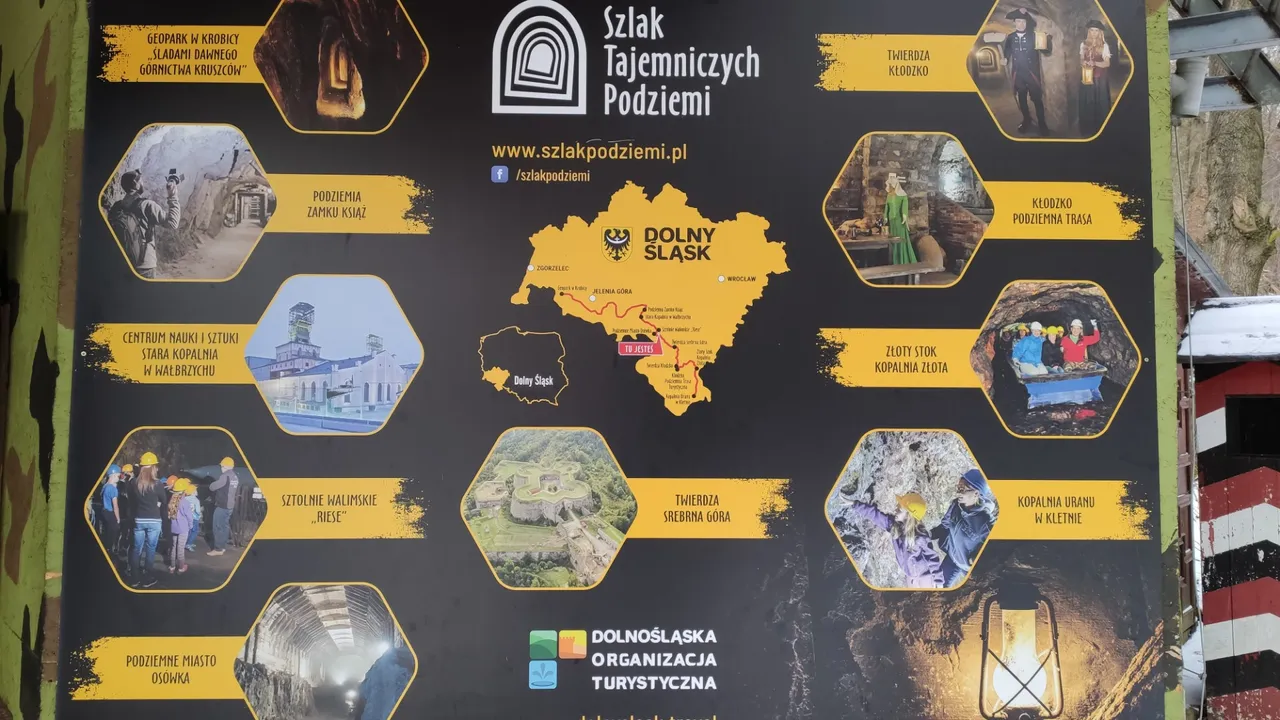
We are still in Poland, a country near and far away at the same time. We've seen lakes and castles, battle fileds and animals, we met good peole and we drink good beer. Today we are going deep under the surface of the Wolf Mountains. To look for one of the last secrets of the Third Reich.
In the border region between Germany, Poland and the Czech Republic, a huge network of dark tunnels is hidden deep under the mountain. The Amber Room is not located here after all. But the "Giant" project still holds countless mysteries today.
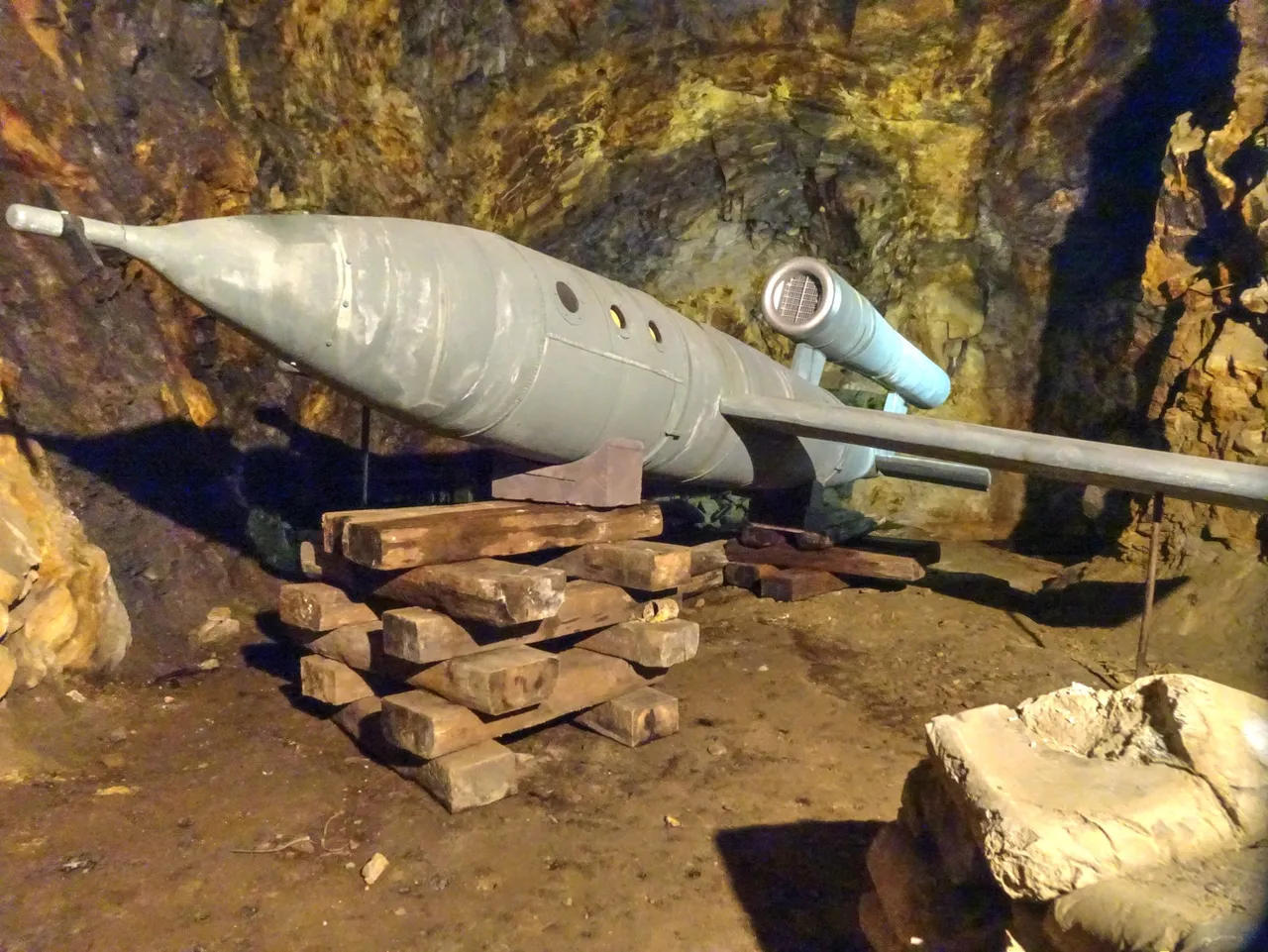
The small door under the roughly nailed-together porch can hardly be seen when driving past. It is a tunnel entrance like many others here in the border region between Poland and the Czech Republic, an hour's drive away from Zittau in Saxony, which belonged to Germany until the end of the Second World War.
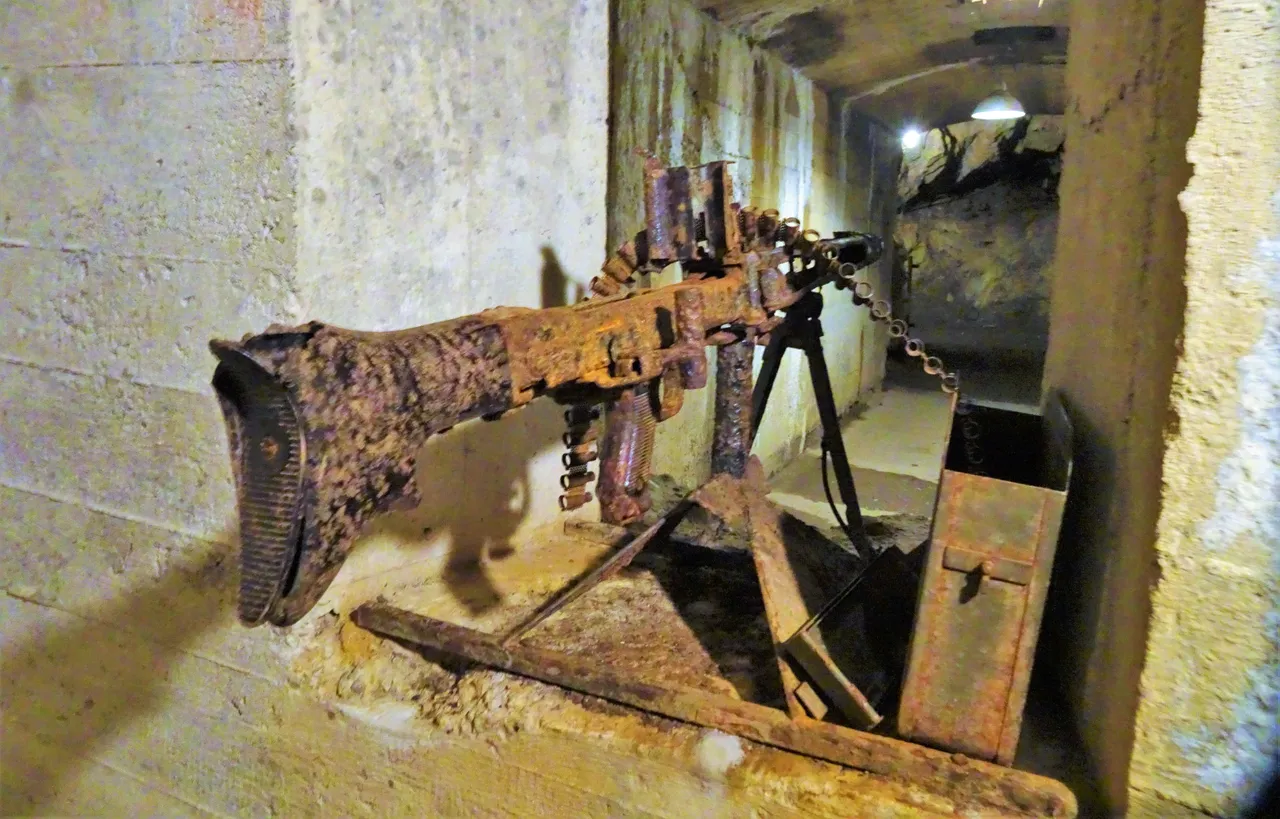
The "Project Giant"
No wonder. In this mountainous landscape of hard gneiss, silver, copper, lead and zinc were mined as early as the Middle Ages. But this particular adit into the Wolf Mountain, an 800-meter-high elevation of the Owl Mountains, is different.
Like a number of others in the surrounding area, it was created only 80 years ago, driven into the rock by forced laborers who were forced to break an underground fortress called "Project Giant" - in German "Projekt Riese" - by the Nazis.
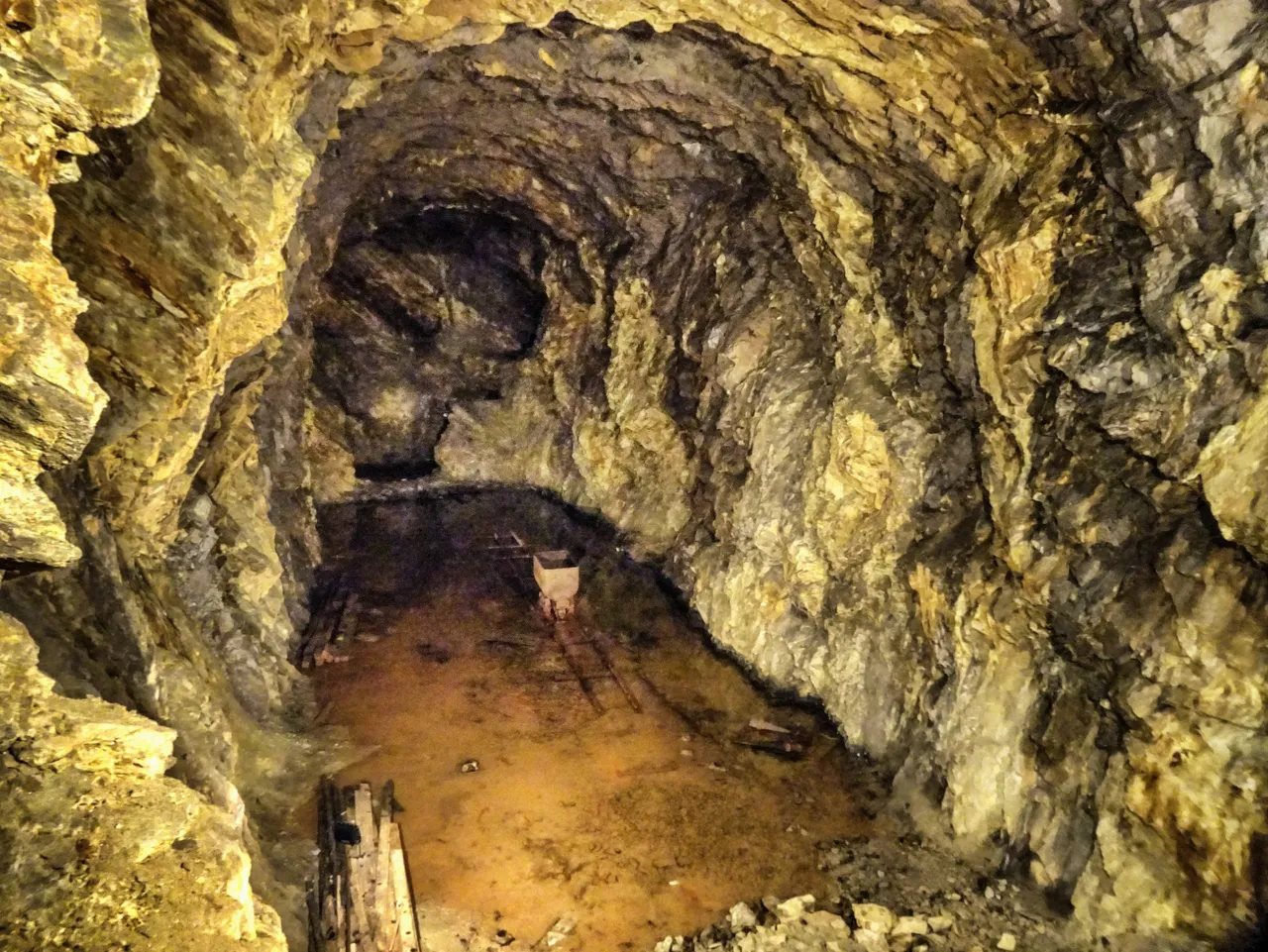
The system of tunnels into which Hitler, his army high command, the Luftwaffe leadership, the Foreign Ministry and SS chief Himmler had wanted to take refuge extends over an area the size of 27 soccer fields. For this purpose, underground living and working quarters were planned in the six individual complexes, elaborately hollowed-out caverns, some of them several stories high.
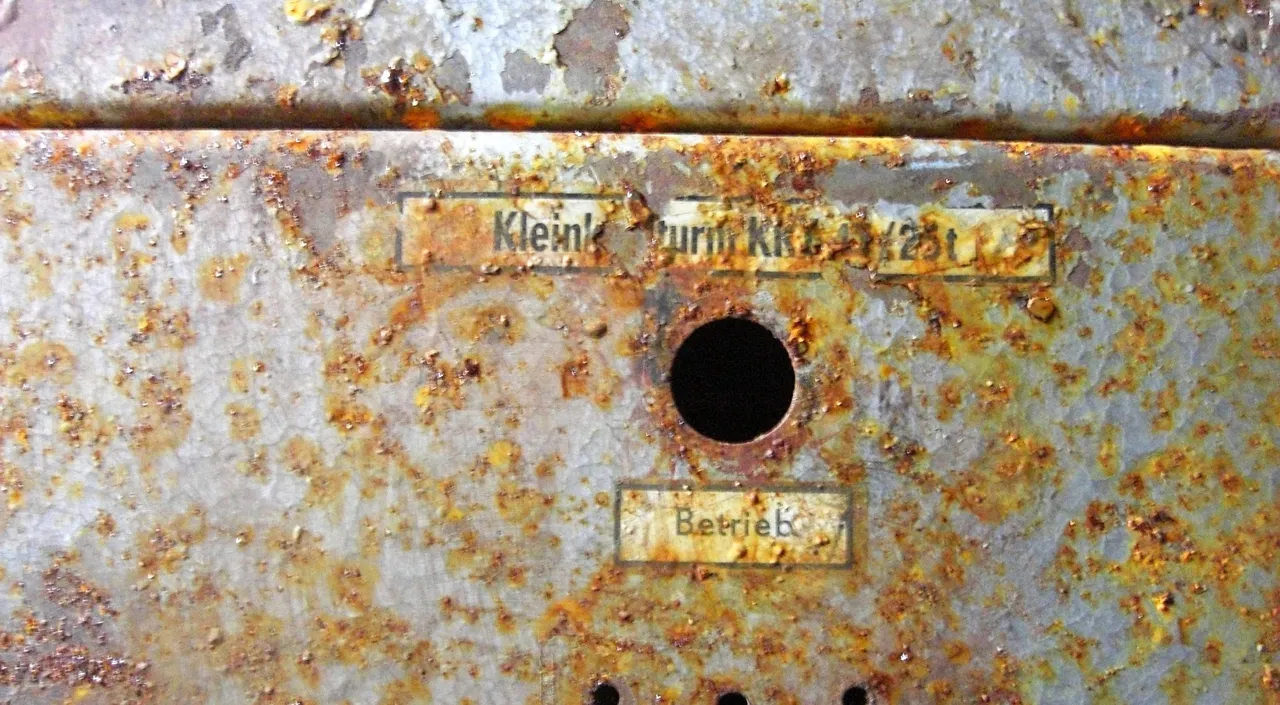
15,000 forced laborers, prisoners of war and concentration camp inmates from the Groß-Rosen concentration camp, which had been built nearby, had to work 16-hour shifts on the construction sites. The rule was that each worker had to be "on the move" for at least twelve hours.

Dying für the last resort
At least 5,000 people died during the construction of the gigantic underground city, which was never finished. Even Hitler's Economics Minister Albert Speer doubted the point of the enterprise, which he saw as robbing the "total war" of too many resources.
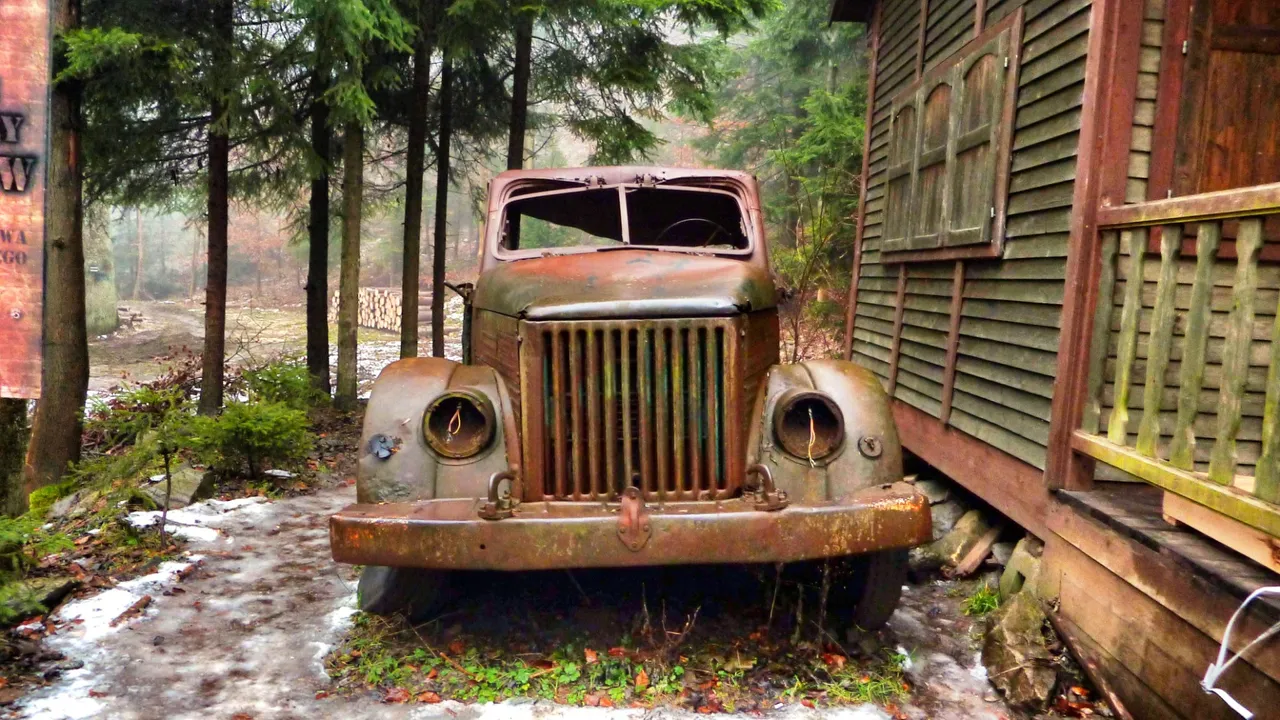
"Project Riese consumed more concrete than the population could be allowed for air-raid shelters," he laments in his memoirs about the year 1944, when Project Riese was pushed with all its might in view of the course of the war.The complex consists of several individual facilities. The tunnel systems known today are in the drive-up state, and parts of the chamber system have a finished concrete interior.
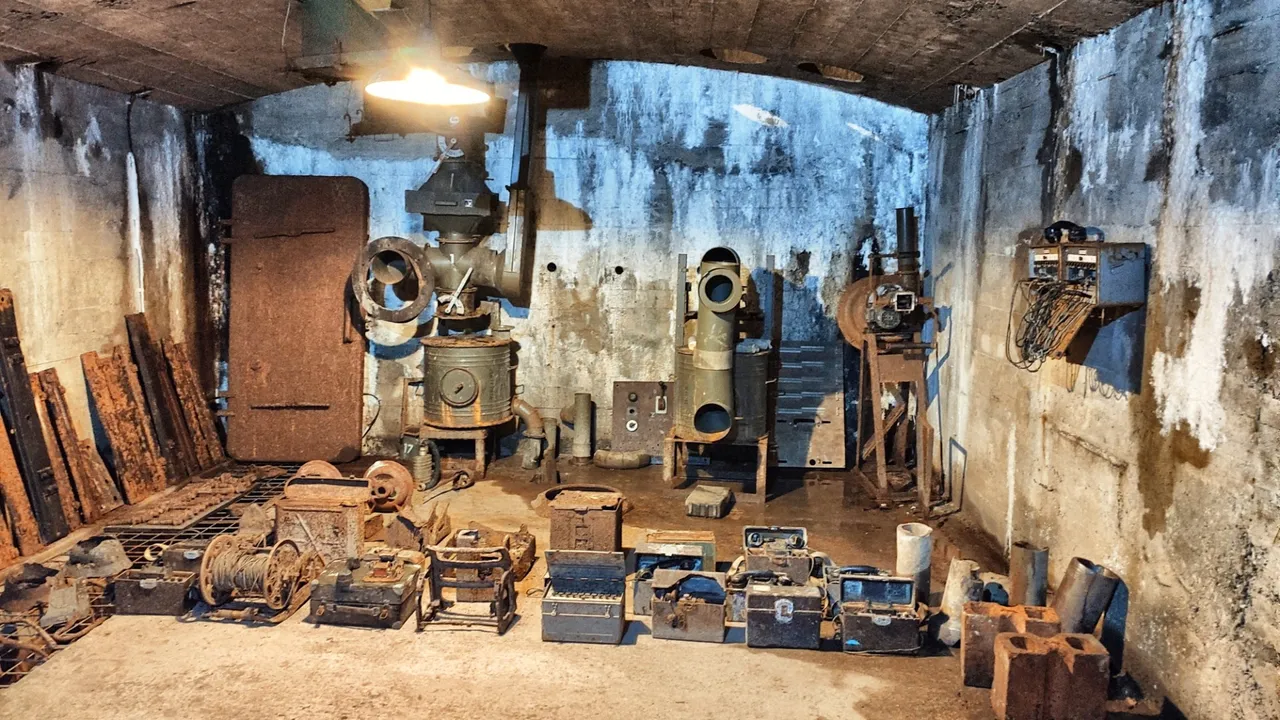
It is assumed that the complex in the Owl Mountains was intended to serve as the Führer's headquarters and as a replacement for the well-known Wolf's Lair. References to this are written in a file of the architect Siegfried Schmelcher under the name Geheime Reichssache 91/44. Operations in the East were to be conducted from here.
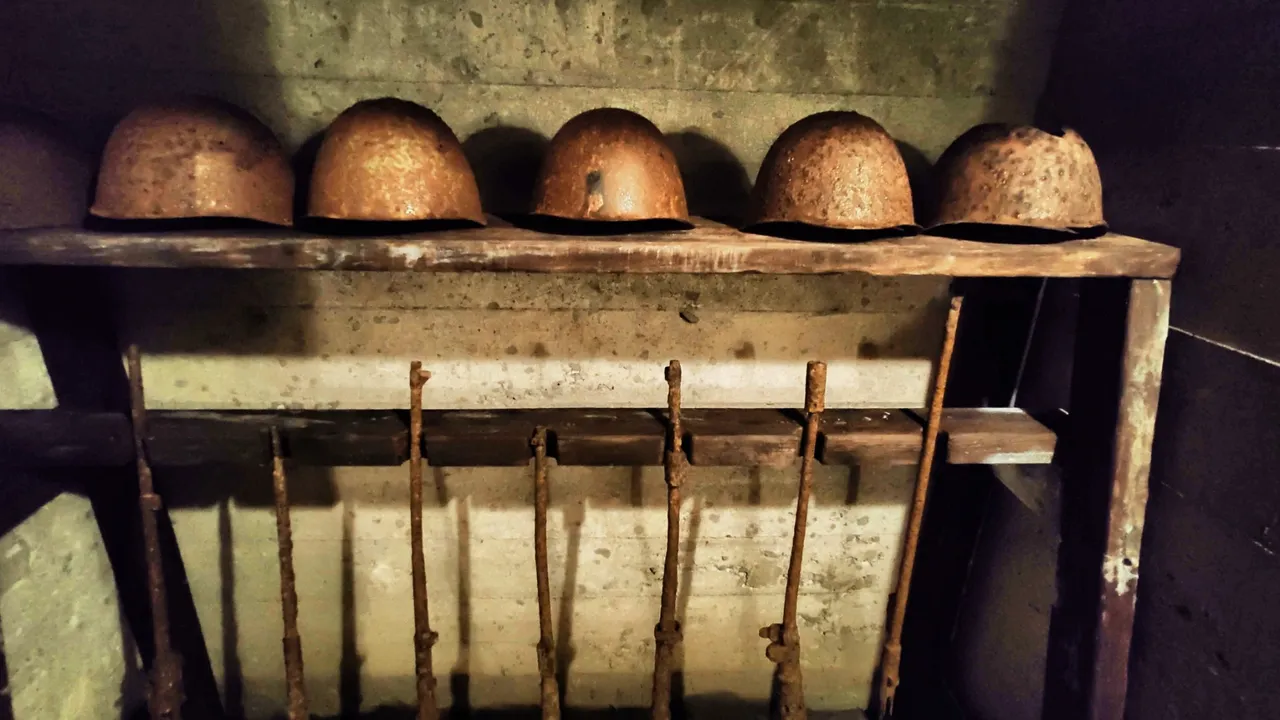
All is open to tourists
Almost all the installations in Säuferwasser/Säuferhöhen, Wolfsberg and Dorfbach (Rzeczka) are open to tourists and can be visited on guided tours. The tunnels under Fürstenstein Castle (about 30 km from Wüstewaltersdorf) are also included in the complex. However, due to their use as a seismological station, guided tours are only partially possible here.
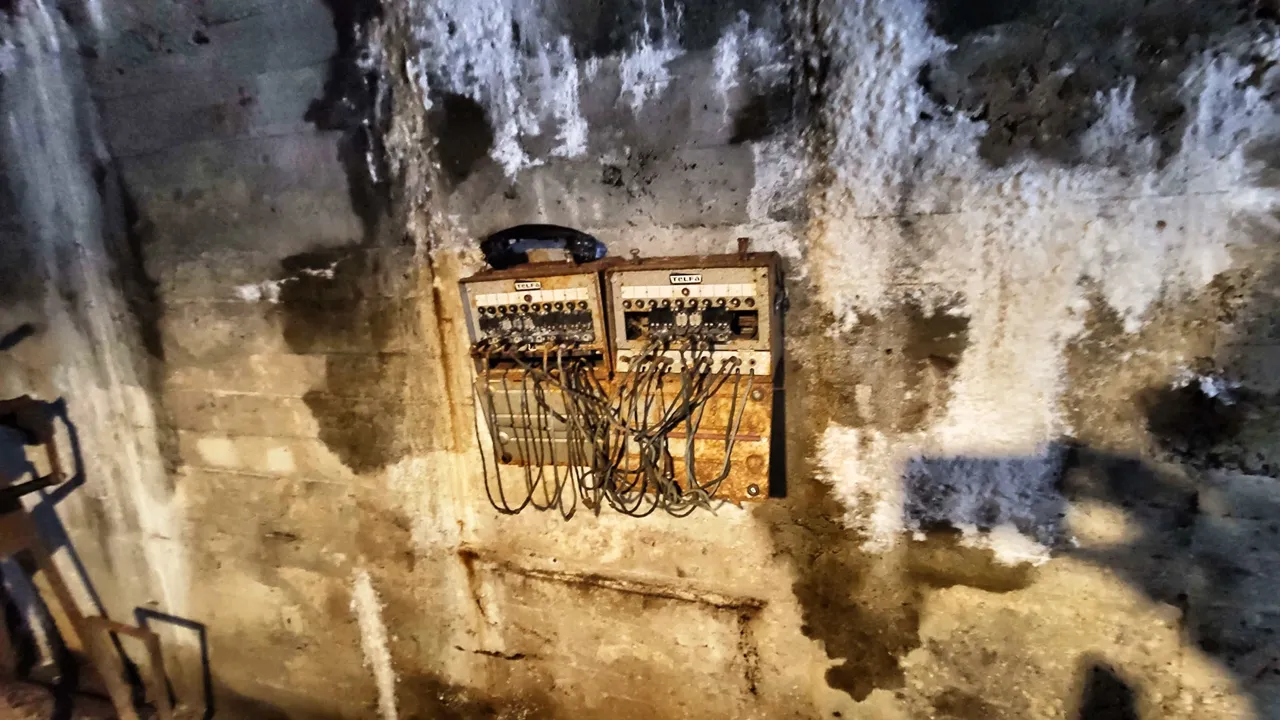
All this was supposed to be the last fortress of the leadership of Nazi Germany. Other reasons can not explain the size of the facility, experts say. But if one assumes that underground living and working quarters were built for the Fuehrer Headquarters (FHQ), the Army High Command (OKH), the Air Force High Command (OKL), as well as the Reich Foreign Minister and the Reichsführer SS, a total size of almost 200,000 square meters - just under 30 soccer fields - seems reasonable.
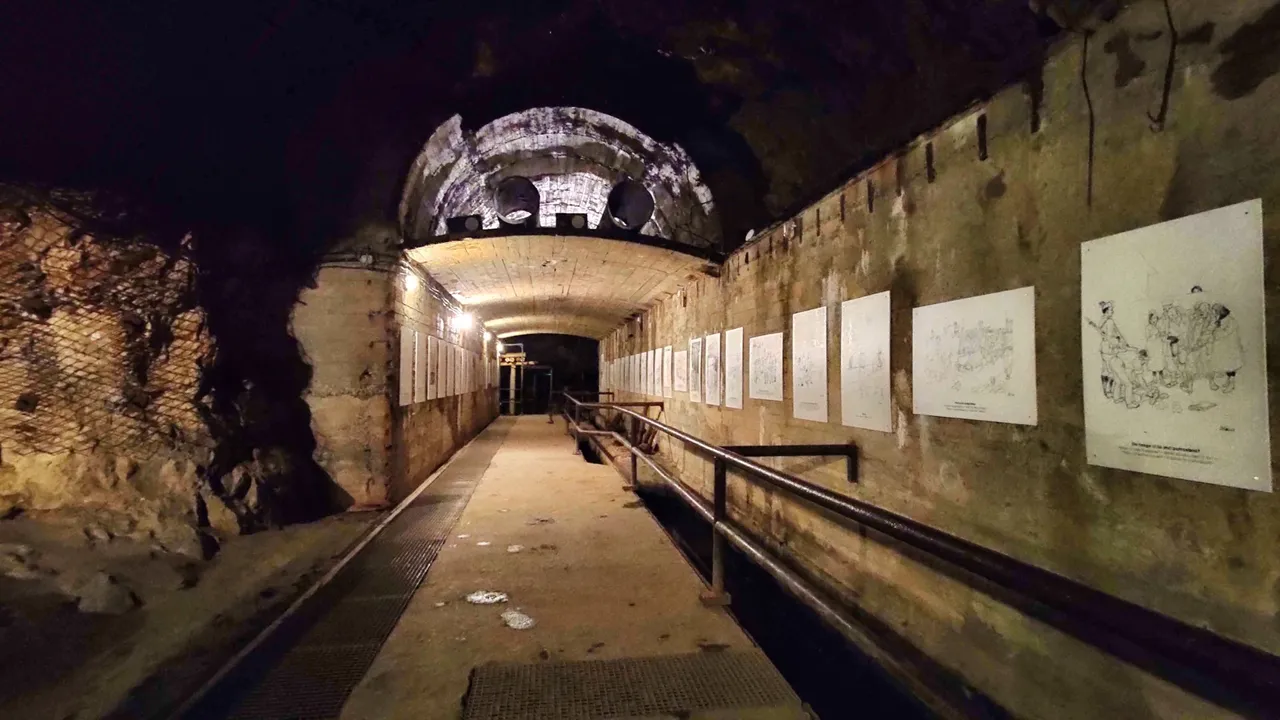
The bunker complex for the "Führer" Adolf Hitler alone was to be 5,000 square meters in size, plus underground accommodations for security and support forces and an underground industrial facility. By August 1945, a gigantic, bomb-proof, large-scale underground facility was to be built. Costs were estimated at 130 million Reichsmarks.
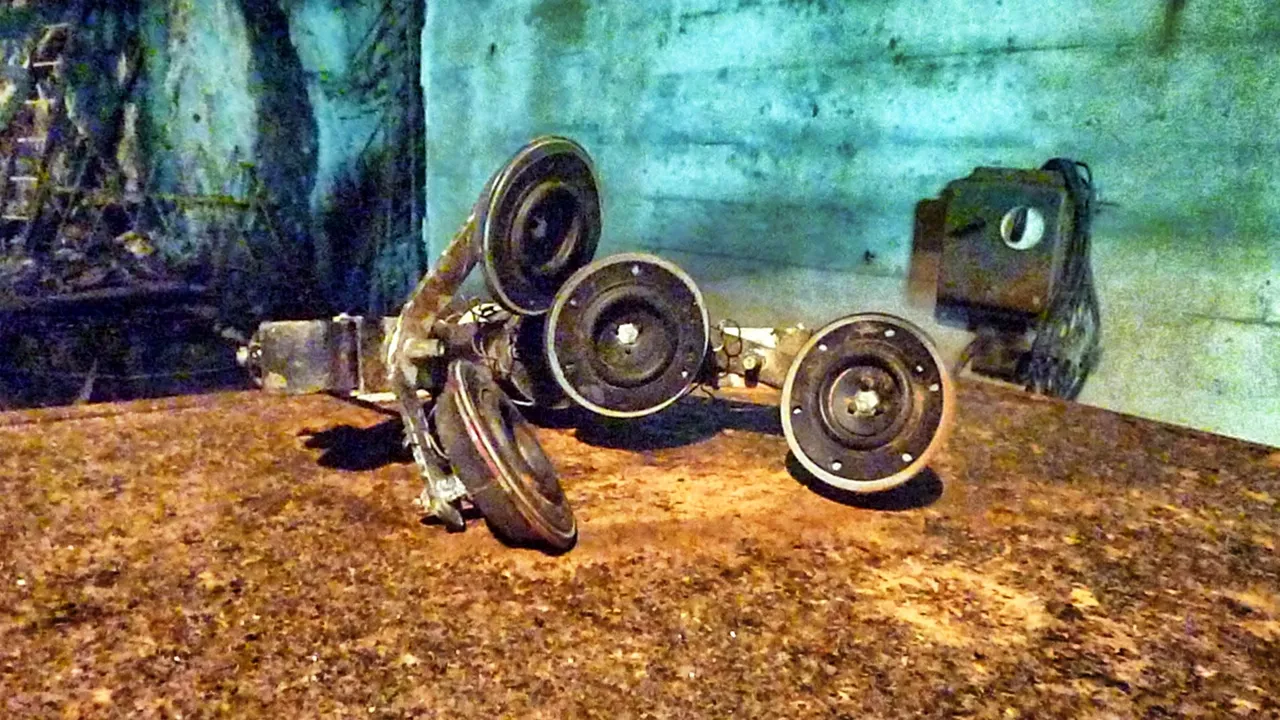
Rusty weapons from the Nazi Era
In the mountain, which today can be officially entered from various modern reception buildings near Włodarz, Osówka, Rzeczka and Fürstenstein Castle, long, wide and gloomy corridors await. Everywhere there are still machines, tools and rusty weapons from the Nazi era. The whole thing is a labyrinth full of ramifications, partly already with concreted rooms, partly still in the state of tunneling. What exactly "Riese" was supposed to look like is not known.
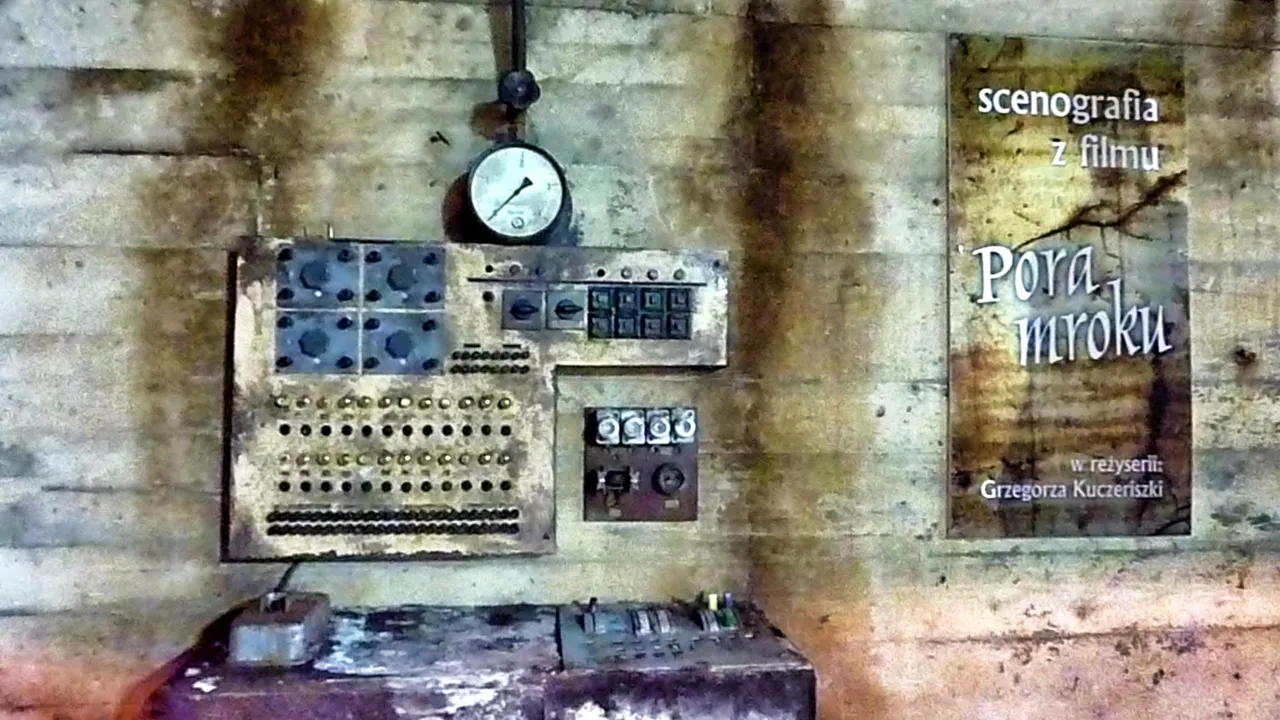
All plans, according to which the Organisation Todt advanced the secret construction with the help of the camouflage company "Schlesische Industriegemeinschaft AG", were destroyed at the end of the war. Architect Siegfried Schmelcher, who had previously designed Hitler's "Wolf's Lair," took the details of Secret Reich Matter 91/44 to his grave when he died in 1991.
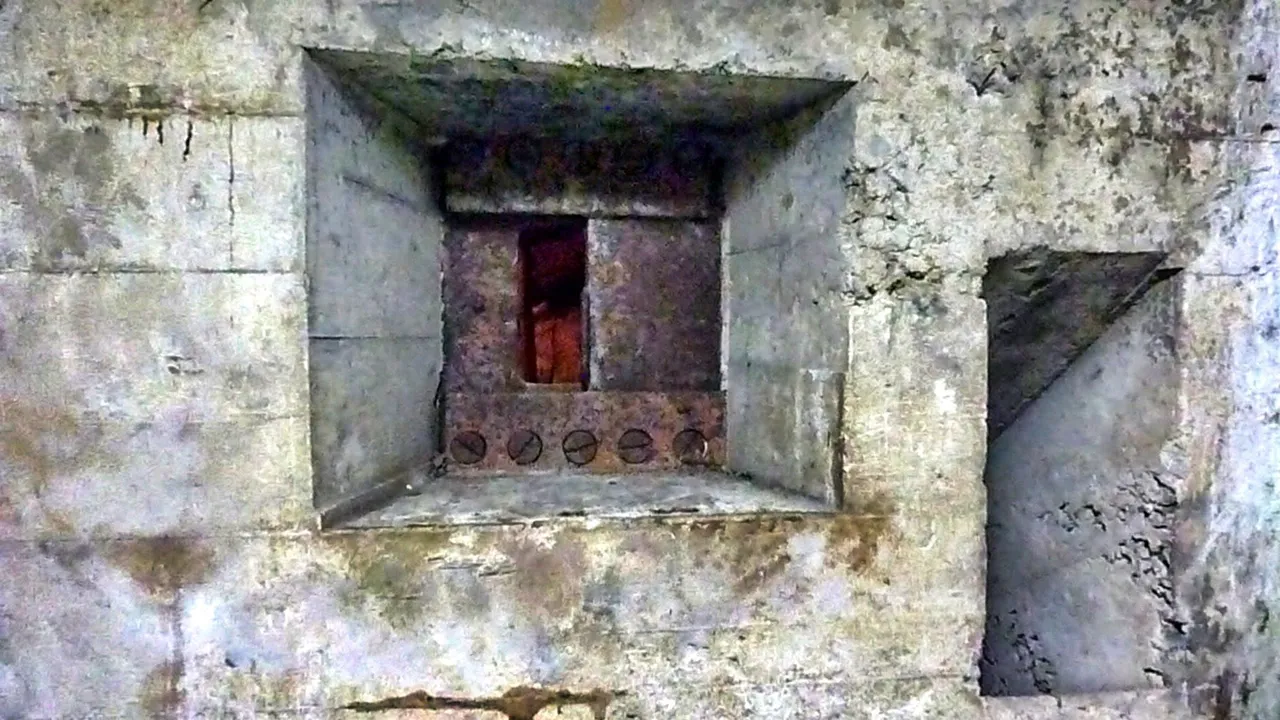
In the belly of the giant under Wolfsberg and Säuferhöhen, an oppressive atmosphere prevails to this day. It is cold, it is dark and damp, water runs out of the walls and moss grows in places where built-in lamps provide light for visitors. Some chambers down here are narrow and cramped.
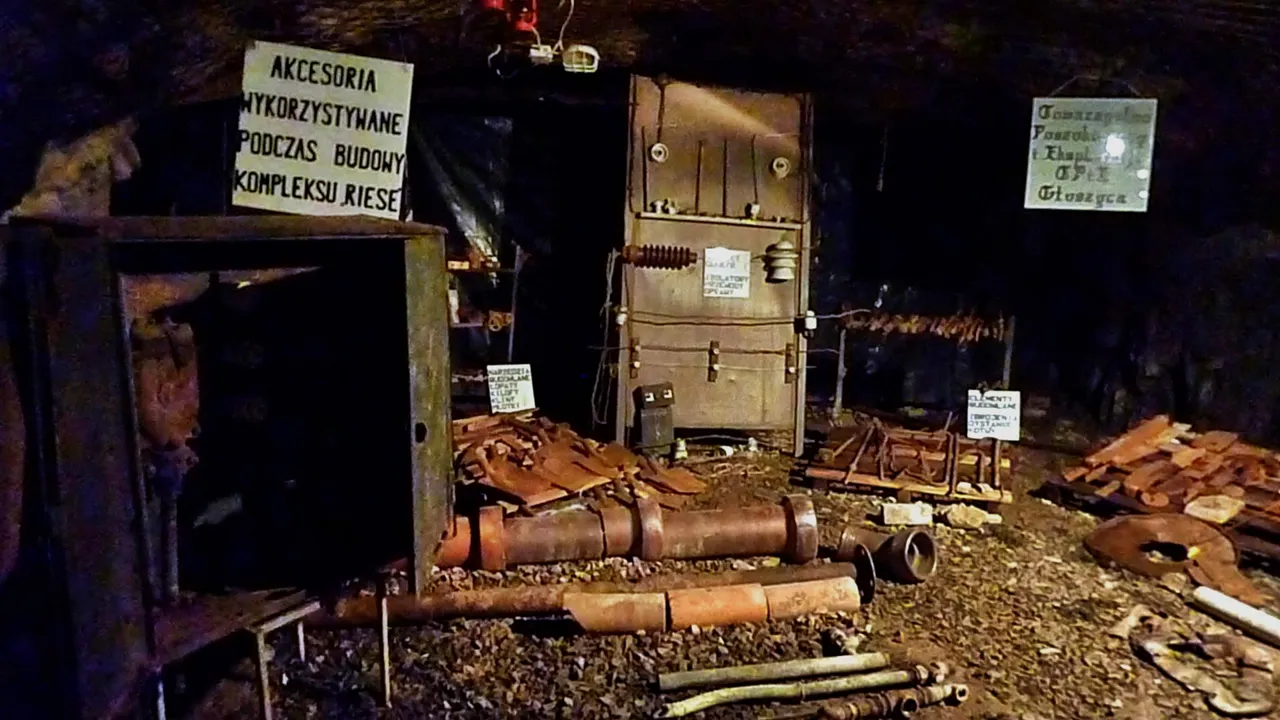
Some others are as large as a factory hall. Historians suspect that it might have been the site of the industrial facilities where Hitler's "wonder weapons" were produced. It would have been difficult to bringt them out, however, because a close-meshed network of roads, bridges and railroad tracks was built all around, yes. But none of the tunnels has an entrance wider than a normal door.
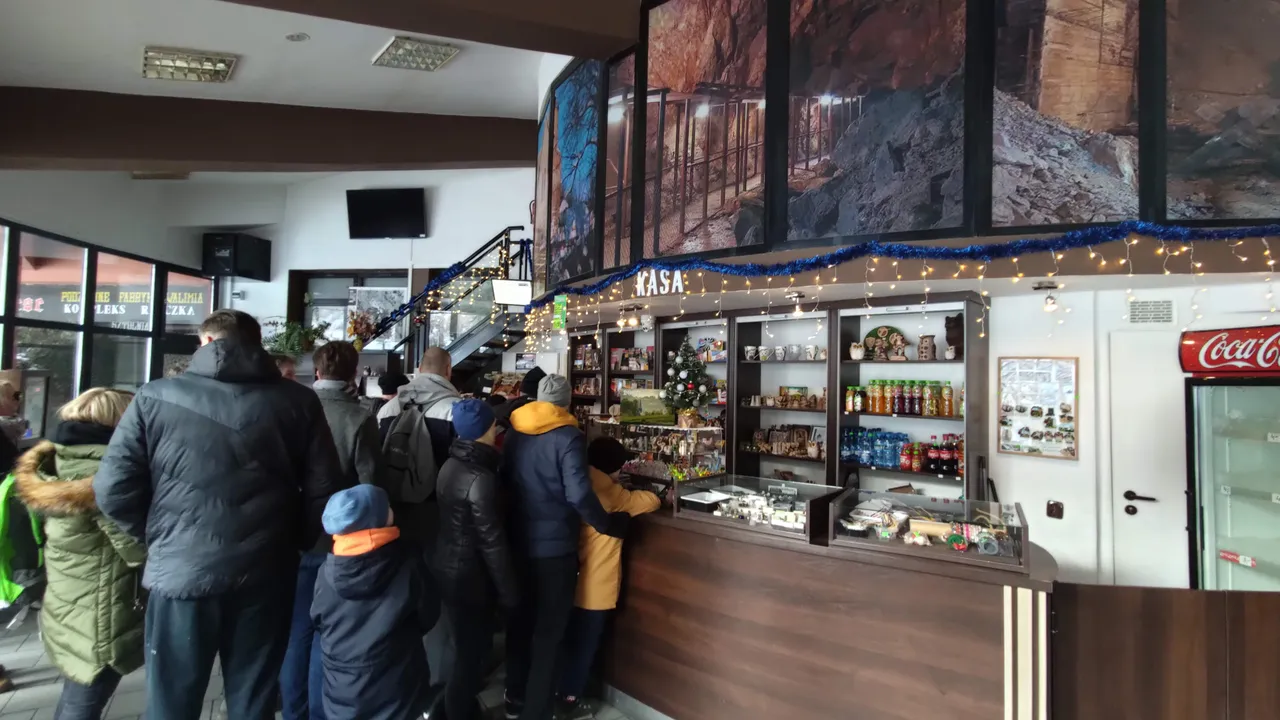
No train under the surface
Seven years ago, the largest bunker construction of the Third Reich nevertheless made headlines. At the time, the so called treasure hunter Andreas Richter claimed that he and a Polish amateur archaeologist had discovered the "Wałbrzych gold train," which had been lost since 1945, at a depth of about 70 meters. This is said to be an armored train with which the Nazis wanted to bring precious metals, art objects and possibly even the famous Amber Room to safety from the advancing Soviet army.
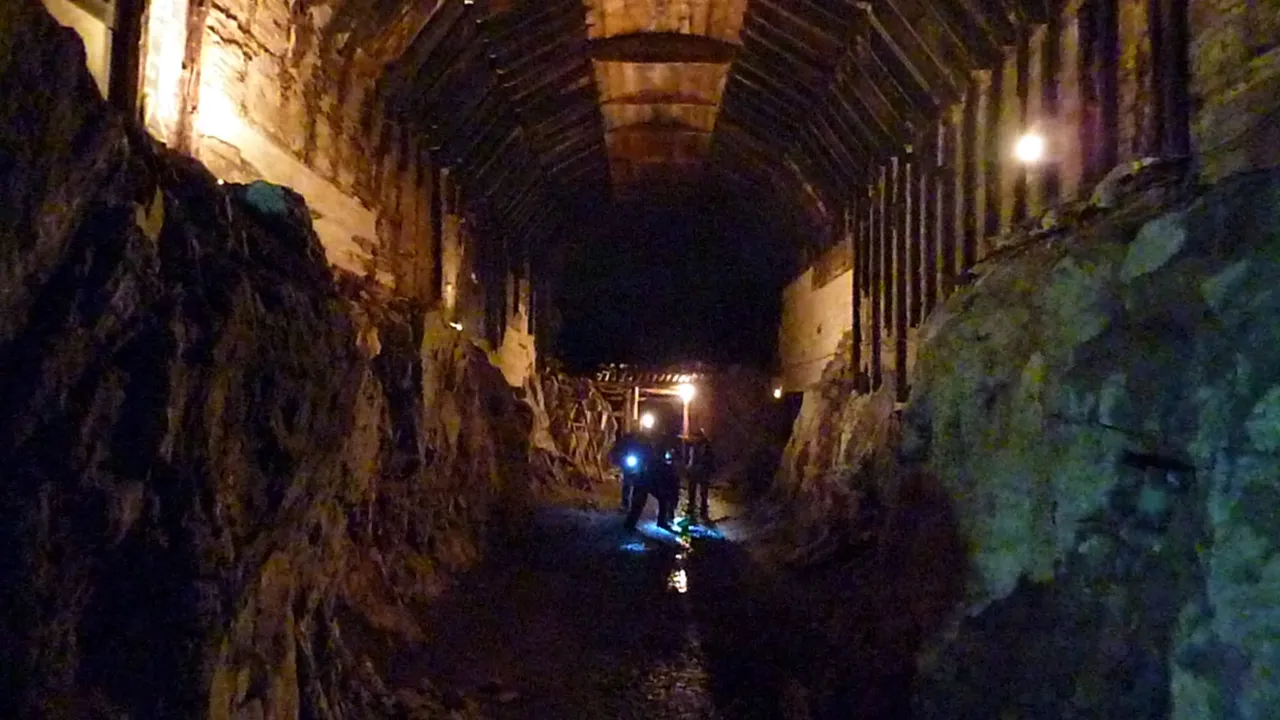
Richter's salvage operation, costing more than 100,000 euros, failed. The gold train remained missing. But the excitement did not harm the influx of curious visitors: "Riese" is now a point of attraction in the Owl Mountains. The realm of evil attracts visitors.
You can read the first part here, second here, 3 here and 4 here and the 5 here, 6 here and more here and here
Thank you for reading and if you like my work please follow me on Hive, Travelfeed or Steem or visit my homepage koenau.de
